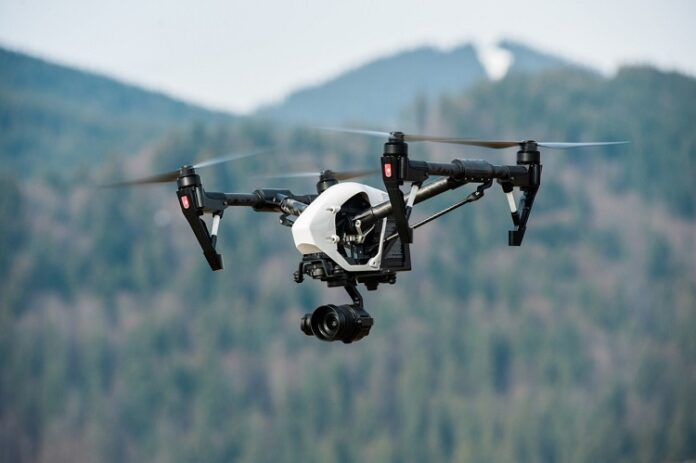Did you know that as of January 2021, there were over 1.7 million drones registered in the United States through the Federal Aviation Administration? More and more people are taking to drones as a fun hobby or even obtaining remote pilot certificates.
Would you like to get into flying a drone but you do not know where to start? Here are some drone flying tips for beginners. You will be able to get your drone up in the air as soon as possible.
Register Your Drone With the FAA
If you have a standard-sized drone, then chances are that it will fall within the weight requirements to register with the Federal Aviation Administration. When you fly your device above a certain elevation, it means that it is in the national airspace, which is why registration is required.
Depending on where you live, there will be certain requirements for what you need to do in order to fly your drone legally. For instance, you may have to fly it under an elevation of a few hundred feet or even pass a test to register your device.
Read Through the Drone Manual
Every drone is designed differently, and although they may have similar characteristics, you should still learn how to pilot every unique device. The operating manual will contain answers to many common questions you may have when you start out with your drone.
You should always have a copy of your drone manual on hand when flying a drone. You can usually also find copies online if you do not have the physical edition with you at any given time.
Inspect Your Drone Before Flying It
Just like a real-life airline pilot, you should perform an inspection on your drone every time you want to fly it. This is to make sure that it is in good working condition, and more importantly, that it will be safe from harming others when you decide to fly it.
You can even go through a pre-flight checklist, similar to what real airline pilots do before they board their aircraft. Over time, the pre-flight inspection should become easier, as you will know what you need to look for in order to have the best drone flying experience.
Monitor Your Drone’s Position
Attention is key when learning how to fly a drone. You should learn the best places you can fly a drone in your area so that you do not run into issues while flying. If you are an absolute beginner, try sticking to a park or another open space that has few obstructions, such as trees.
A good rule of thumb when flying a drone is to always keep your device in your eyesight. Some of the fancier drone models include cameras, so you can see its general location on the interface. However, it will be much easier to retrieve if you see your drone with the naked eye.
Know Drone Legislation in Your State
Before you learn how to fly a drone, you should always look up drone laws in your state. These can change year to year as well, so it is important to regularly track whether or not there have been modifications to drone law where you live.
If you live near the border of two states, then you should also ensure that you know the drone laws of other states. If your device enters the airspace of another state, then it is subject to those regulations as well.
This also applies if you take your drone with you when you travel. The last thing you want is to get in trouble with the law because you failed to read up on different drone regulations before your trip.
Avoid Disturbing Nature and Wildlife
When you fly your drone, it is vitally important to respect your natural surroundings. Where to fly a drone may depend on how close you are to areas with high concentrations of wildlife or a lot of trees and plants as well.
Trees are one of the biggest obstacles to look out for when you learn how to fly a drone. If you are not confident with navigating through forested areas, then you can practice in an open area space. Even if your drone can self-navigate to avoid trees, you should still learn how to do so manually.
Pay Attention to Wind
Wind can cause major problems when you are flying a drone, so it is an important factor to look out for whenever your device is in the air. It becomes increasingly difficult to control a drone when the wind pushes it in different directions while you try to fly it.
If you fly your drone and the wind gets unmanageable, then the best solution is to try to bring your drone down and wait until you have better flying conditions. You will not have to risk damage to your drone or to others.
Practice Flying Without GPS Assistance
GPS can be a great tool to determine where you want your drone to go while you fly it. However, beginners should learn how to fly a drone without GPS assistance. This way, you can always know how to navigate if there is no GPS option when your machine is in the air.
If you eventually use GPS for most of your drone flights, you should still practice without it so that you keep your skills sharp. You will have no problem flying a done with or without the use of GPS at your disposal.
Use Your Drone Successfully With These Drone Flying Tips
When you get a new drone, you should not have to worry about how difficult it will be to operate. With these drone flying tips, you will be on your way to an expert level with your drone in no time.
Want to learn more about flying a drone and other innovations in the world of technology? Check out the Tech section of our site for answers to all of your questions.


